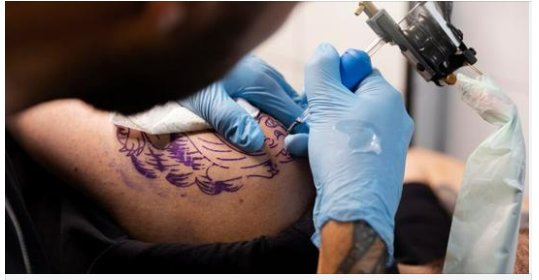The three-dot tattoo has been a topic of intrigue for many, with its origins and meanings shrouded in mystery. This tattoo design, typically placed on the left hand, has been associated with the prison system and criminality. However, its symbolism extends beyond this context, representing a complex and multifaceted meaning.
One interpretation of the three-dot tattoo is its connection to the three wise monkeys from Buddhism, who see no evil, hear no evil, and speak no evil. In this context, the tattoo symbolizes a rejection of violence and wrongdoing. However, within the prison system, the three-dot tattoo is often linked to serious offenders, with each dot representing ten years of imprisonment.

Despite its association with criminality, the three-dot tattoo can also be individually interpreted. Some people choose this tattoo for aesthetic reasons or to express their rebellious nature. For them, it is a symbol of personal identity and self-expression.
However, it is essential to acknowledge the darker side of the three-dot tattoo. Criminal organizations may use it as a marking for their members to signify their affiliation. In such cases, the tattoo can be seen as a warning or threat to others.
The three-dot tattoo carries an ambivalent meaning in society. While it can be an interesting symbol of identity for some, others associate it with crime and violence. The interpretation and perception of this tattoo heavily depend on individual experiences and prejudices.
It is crucial to remember that not everyone who has a three-dot tattoo is necessarily a criminal or has a criminal past. Each person has their own story and reasons for choosing their tattoos. Therefore, it is advisable not to judge hastily and stigmatize people based on their appearance.
In conclusion, the three-dot tattoo is a symbol with a complex and multifaceted meaning. Its association with the prison system and criminality is undeniable, but it can also represent personal identity and self-expression. By understanding the various interpretations and contexts of this tattoo, we can avoid prejudices and stigmatization.


